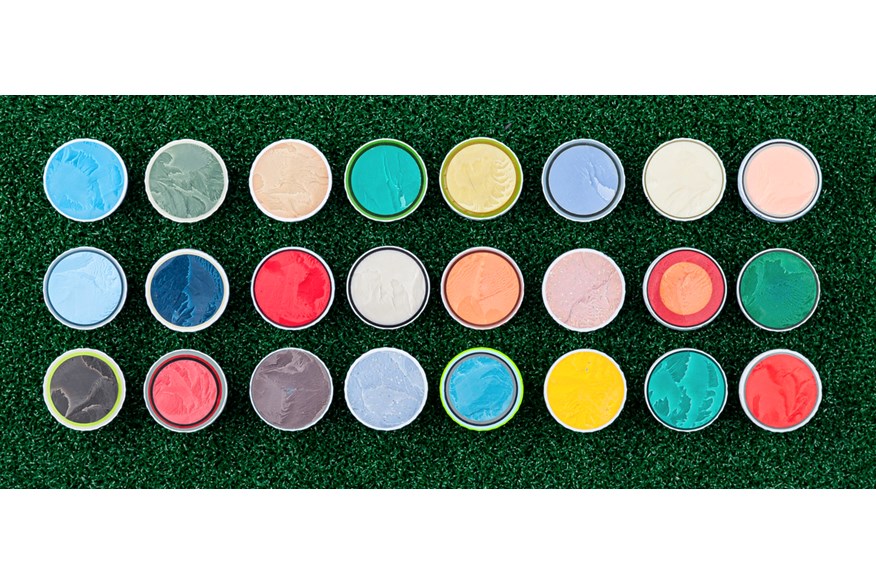Changing the way you buy golf balls can save you money and deliver better performance
Last updated:
There are three big reasons you should change the way you buy golf balls.
I back myself to have a pretty good guess at someone’s handicap by how they answer the question: “What golf ball do you use?”
If their answer is “anything I find in the trees” or “whatever’s on special offer when I’ve run out”, I’ll bet there’s a good chance they’re a mid or high handicapper. There are always exceptions, but that’s generally not how good players select their golf balls.
Good golfers realize the importance of choosing the best golf ball for their game. After all, it’s the only piece of equipment you use on every single shot.
As a single-figure handicapper who’s tested many different golf balls over the years, let me go through three things to think about next time you’re buying golf balls, which will hopefully give you better results on the course.

1. Golf balls are very different
The first thing to establish is that golf balls aren’t all the same. Our robot testing showed an 8.7-yard difference in 7-iron carry distance from one model to another, while some balls spun 29% more than others. We saw 5mph differences in ball speed and 14-yard gaps in driver carry distance by changing nothing other than the golf ball.
Many amateur golfers insist they’re not good enough for the golf ball they use to make any difference. But most of these golfers will also complain about being inconsistent. Well, given the aforementioned differences in performance from one golf ball to the next, it’s clear that switching golf balls regularly will only create more inconsistency.
Good players take time to get used to their equipment and learn how it performs. If you’re chopping and changing balls from one round to the next – or even in the same round – what hope have you got of being consistent?

2. Choose based on data, not marketing
Pick up any box of golf balls and you’ll find various claims promising fantastic distance, wonderful feel, and unrivaled control. That makes it pretty hard to choose between them. Plus, call me a cynic, but I’m not sure the best people to listen to when it comes to choosing a product are the people with a vested interest in you buying it.
After all, we’ve found balls branded as “distance” that are actually among the shortest performers out there.
Rather than choosing your golf ball blindly or based on marketing claims, I would recommend using the data in the robot golf ball test. Decide what’s most important to you – whether that’s maximum driver distance, high spin, value for money, etc – and see which balls seem to tick the right boxes.

3. The benefits of buying in bulk
You can normally save a decent amount of money by buying your golf balls in bulk. Direct-to-consumer brands like Vice and Seed offer better prices when you buy multiple boxes, and even the big-name brands like Titleist, TaylorMade, and Callaway often run loyalty programs at certain times of year where you can get four boxes for the price of three or something similar.
If you’re choosing a new ball that you’re not familiar with, I wouldn’t recommend committing to five or six dozen straight off the bat; buy one box to check you like them out on the course and then, once you’re satisfied it’s the best golf ball for you, stock up at the lower price. You’ll save money and benefit from the consistency of using the same golf ball all the time.


